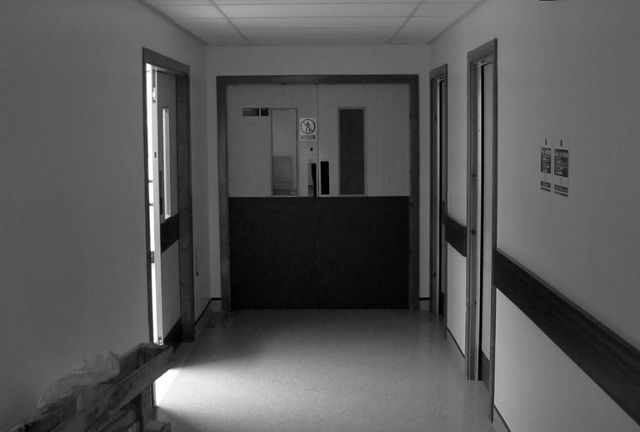This in from the Isle of Wight NHS Trust. Ed
Details published at the Isle of Wight NHS Trust Board meeting on Wednesday 7th December show that mortality is down.
The latest rolling 12 months Hospital Standardised Mortality Ratio (HSMR) report shows that the average mortality ratio for Isle of Wight NHS Trust is 88.8 – 11 points below the average and 31 points below the Trust’s HSMR three (three) years ago.
Helping reduce mortality
The welcome reduction in the ratio is considered to be attributable to three key factors:
- The introduction of the new Medical Assessment Unit (MAU) opened in 2015;
- A focus on the treatment of Sepsis including specifically the delivery of high dose antibiotics by the Ambulance Service in the community; and
- Improved record keeping and coding of treatment in patient records.
Pugh: Proud of the significant difference being made
Speaking after the Trust Board meeting Executive Medical Director Dr Mark Pugh said:
“Islanders will recall that several years ago the Trust’s mortality ratio was around 120. The work we have undertaken has made a significant difference and we can be proud of how the number is well below the average and compares favourably with comparable hospital Trusts.
“We have not just improved our clinical care but are also interested in the quality of care we offer those who do die and we ask people to respond to a 15 question survey following a death and the majority tell us that after the death of a relative or friend they are treated with dignity and respect by ward staff.
“We review every death in the hospital and for those receiving services from the Trust as outpatients. The learning from this is shared with doctors, nurses and other professional staff. Where there is any doubt over the action taken by the Trust we instigate a Serious Incident Requiring Investigation (SIRI) process which is reported to the Trust Board because we believe that it is appropriate to be open and transparent about these issues.
“We are keen to ensure that more people are able to die in the place of their choice which is usually not the hospital. This requires the co-operation of nursing and residential care homes and the individual’s next of kin if the person wants to die at home. As a society we need to start having these conversations sooner and not at the very end of a person’s life. Friends and relatives need to be involved in these discussions and then the plans need recording and communicating to all those involved in the care of that person.”
The presentation
Click on the full screen icon to see larger version.





